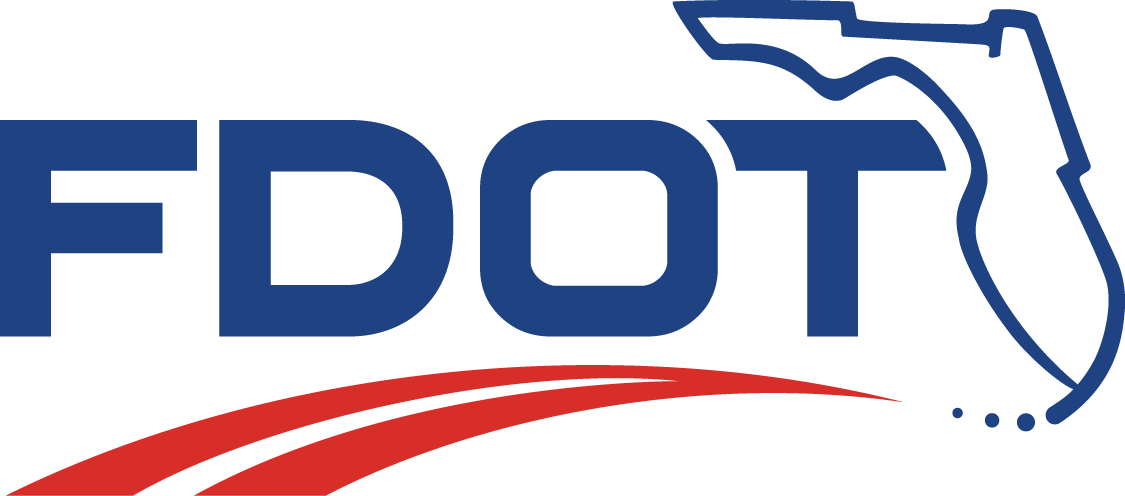- What are Connected Vehicles?
Connected vehicles (CV) use vehicle‐to‐vehicle (V2V), vehicle‐to‐infrastructure (V2I), and other forms of vehicle‐to‐everything (V2X) communication to exchange information between vehicles, drivers, the roadside traffic control devices, bicyclists, and pedestrians. This capability to communicate enables exchange of real time information such as the position, speed, and direction of a vehicle, or the phase change at a traffic signal. The information is processed in real time to provide drivers with a greater situational awareness of prevailing conditions, such as congestion, incidents, pedestrian presence, and other hazards within the vehicle’s path. Traffic information is presented to the drivers in the form of intuitive and clear alerts, advice, and warnings so that drivers can make better and safer decisions while driving. The exchange of real time information also creates the opportunity to proactively adjust traffic signal timing for servicing transit, emergency response or freight vehicles more efficiently.
- What are Road‐Side Units?
Road‐Side Units (RSUs) are wireless communications devices that are mounted along a road or pedestrian facility. RSUs are typically mounted on the upright or the mast arms of existing traffic signals. RSUs will be connected to and receive data from the traffic signal controllers and broadcast it to the On‐Board Units (OBUs) within their communications zone. RSUs are also capable of receiving information from the vehicles via the OBUs, e.g., the vehicle’s speed, position, direction, and time. RSUs can exchange information including Signal Phase and Timing (SPaT), Traveler Information Messages (TIM), Personal Safety Messages (PSM), transit/freight signal priority requests, emergency vehicle preemption requests, among others.
Figure: Road-Side Unit (RSU)
- What are On‐Board Units?
On‐Board Units (OBUs) are devices located in vehicles to collect data from the vehicle (e.g., location, direction and time) and/or provide an interface through which traveler information and warnings can be provided to the driver. OBUs broadcast as well as receive data to/from RSUs and other vehicles equipped with OBUs. OBUs are typically installed in the participating agency vehicles. OBUs are typically mounted under a vehicle seat or inside the center console, trunk, or a glove box of a vehicle. Typically, a tablet is installed as the human machine interface and mounted to the windshield to issue audible and/or visual warnings or alerts to the driver. OBUs are typically installed either as permanent attachment or portable installation. FDOT would also coordinate with partnering agencies to install OBUs on their fleet besides installing on FDOT vehicles.
Figure: On-Board Unit (OBU) Figure: OBU Tablet
- What is a Transit Signal Priority (TSP) system and how does it work?
A Transit Signal Priority (TSP) system uses communication between transit vehicles such as buses equipped with OBUs and the traffic signals. When buses are behind schedule, the TSP system can automatically request additional green time from a connected traffic signal so the bus can have priority to move through the light and get back on schedule.
- What is a Freight Signal Priority (FSP) system and how does it work?
Freight (or Truck) Signal Priority (FSP) is a traffic signal modification that extends the green to allow an approaching truck equipped with an OBU to make it through an intersection without stopping. The main purpose for giving trucks extra green time is to increase safety by reducing the potential of running a red light and causing a collision. The secondary purpose is to reduce the delays and congestion that are caused by the longer time it takes trucks to accelerate from a stop.
- What is Emergency Vehicle Preemption (EVP)?
Emergency vehicle preemption (EVP) provides a green light for emergency vehicles equipped with OBUs that are en route to/from an incident scene. By providing a red light to other drivers that may cross the path of the emergency vehicle, EVP can help reduce collisions. EVP aims to improve other drivers’ awareness of emergency vehicles as well as remind them to yield the right‐of‐way, increasing overall safety. It also reduces the travel time for the emergency vehicle to respond to life threatening situations.
- What are the safety benefits of connected vehicles?
According to USDOT, vehicle crashes claimed more than 37,000 lives in 2018. Connected vehicle technology has the potential to save lives, prevent injuries and reduce crashes. The National Highway Traffic Safety Administration (NHTSA) estimates that 94 percent of serious crashes are due to human error. Connected vehicle technology can mitigate 83 percent of non‐impaired crashes through vehicle‐to‐vehicle communication.
- Is the system secure, how will my privacy be protected?
FDOT has deployed a Security Credential Management System (SCMS) to facilitate secure exchange of messages between RSUs and OBUs. FDOT’s SCMS follows the standard adopted by the USDOT and the national SCMS Manager. FDOT SCMS provides certificate services to secure the messages being broadcast in the FDOT Connected and Automated Vehicle (CAV) ecosystem. RSUs and OBUs are typically enrolled into the statewide SCMS system.
